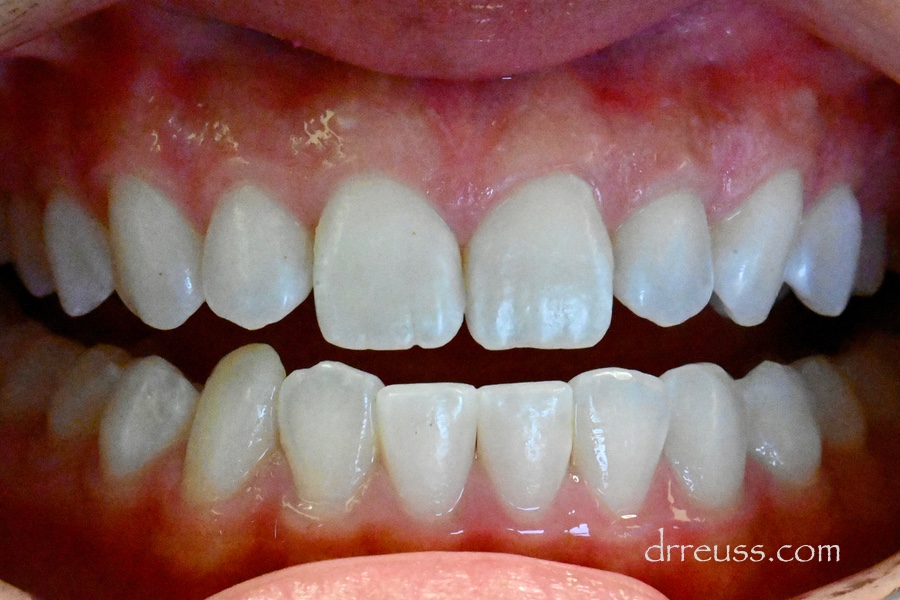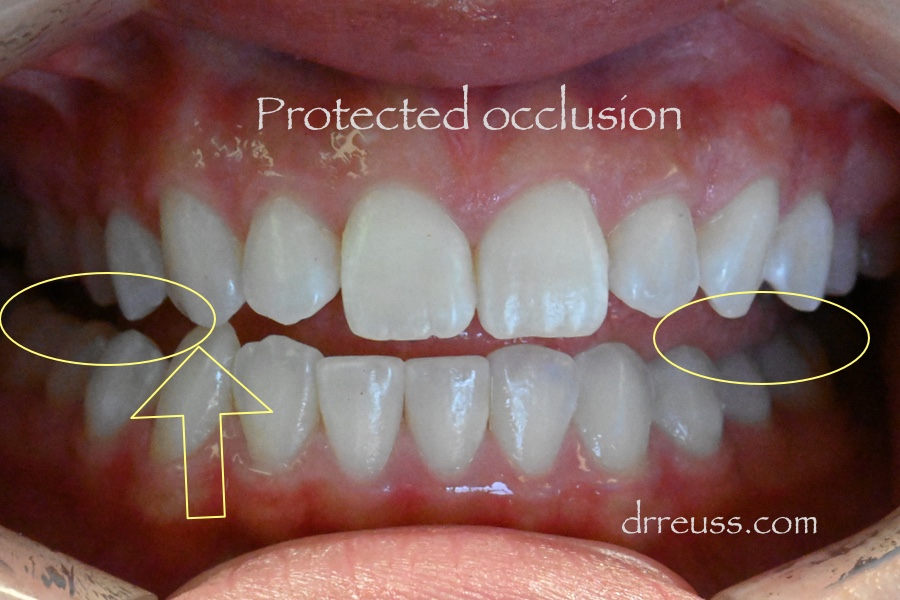Bioesthetics- Full Mouth Rejuvenation
Smile case #2: What is a beautiful smile?
It is often said that, “beauty is in the eye of the beholder”. But there are certain characteristics and qualities that hold true to make something beautiful. When we look at the smile there are things that need to happen in order to appear beautiful. One of these God given principles is based on biology and is not man made. We have to look at what nature provides to capture this beauty. Bioesthetic is a term that tries to capture this process. Health, stability, and form are some of the words that describe how we can have this beautiful harmony in the chewing system. Since we work with a dynamic system, we must look at the whole before consuming ourselves with the details, of which there are many. What we find most rewarding about this Bioesthetic process is seeing the holistic changes of patients going from disease to optimum health.
This patient underwent the Bioesthetic process to address her concerns of a tired, worn chewing system. One of her chief complaints prior to treatment was that the muscles in her face were always tired and never seemed to be comfortable. After treatment she experienced a much more comfortable smile that was beautiful.
To begin Bioesthetic Treatment we first start with a Jaw Stablizing Splint (JSS) or MAGO to help diagnose problems in the chewing system. Patients who are experiencing pain or fatigue in the head and neck often find immediate comfort when we begin this therapy. This allows us to construct a stable platform to diagnose and treat problems associated with the chewing system.
Smile case #3:Natural Beauty
What does a healthy mouth look like when it hasn’t been affected by the disease process? Often times we try to mimic what we see in nature, but fall short by copying something that has been affected in a negative way. It is helpful to start with a model of optimum health and try to copy this rather than the diseased model. We can learn a lot by observing what we see in a healthy chewing system.

In this healthy chewing system the front teeth protect the back teeth from wear and harmful biting forces. When the patient moves her jaw into a right chewing position, the right canine (yellow arrow) provides contact and clearance to the posterior teeth (yellow circles). If the canine is missing, or the tip is worn down, then more of the back teeth can be harmed and will eventually show signs of wear.

